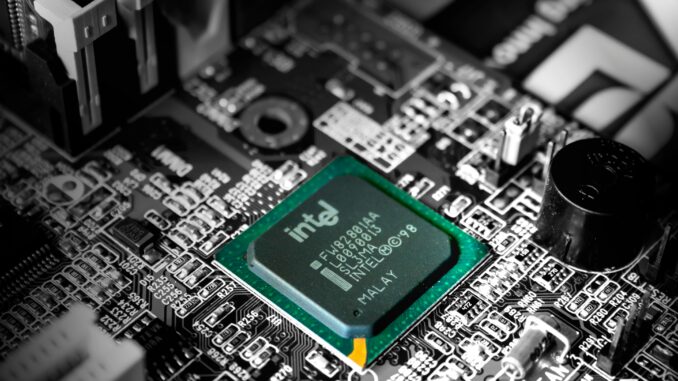
The new Intel Pentium MMX microprocessor may attract buyers because a majority of current World Wide Web users have begun to experience hardware and software problems when attempting to test new innovations.
That’s according to a new study, The World Wide Web: Trialability Difficulty in the Diffusion of an Innovation, by Joseph E. Burns, assistant professor of communications at Susquehanna University in Selinsgrove, PA. The paper has been accepted for presentation at the Central States Communication Association’s annual meeting in St. Louis during April.
“The growth of new technology is beginning to move beyond the capacity of some current computers,” says Burns. “My results suggest that current users of the WWW are willing to make the software or hardware upgrades required to allow themselves the opportunity to test new innovations.”
Burns did an on-line survey of 385 WWW users and found that 214 respondents reported encountering something on the WWW that their computer could not run. Approximately, 118 of those respondents cited software reasons for not being able to run an application and 95 noted hardware problems.
The programming language Java is an example of a new innovation that is beyond the means of many computers, says Burns. The language allows for WWW users to download pages that offer graphical motion and it is being heralded as the future of the WWW.
“The problem with Java becoming the standard of the WWW is that Java is not compatible with most of the current computers used to browse the WWW,” says Burns.
Java isn’t the only innovation that is beginning to move beyond the current means of users. Other examples include RealAudio, a sound format that allows for almost instantaneous sound reproduction, and Virtual Reality Modeling Language, a
programming language which allows for three-dimensional images over the WWW.
Approximately 346 of those surveyed had a home computer and most, 297, said they would upgrade if they encountered something their computer could not run.
“Most said they were willing to spend between $500 and $3,000,” says Burns. Twenty-nine percent answered that they would be willing to purchase a new computer to be able to continue browsing the WWW.
The results also suggest that the current users of the WWW may have an influence in the current speed at which new technological innovations are created. Companies would be less willing to continue creating new innovations for a market that has not accepted or purchased their new innovations in the past.
The Pentium MMX microprocessor enhances a personal computer’s video, audio, animation and sound capabilities. PC industry executives predict the new MMX microprocessor will run current software 10 percent to 20 percent faster. Experts also expect all Intel microprocessors will be equipped with the MMX over the next few years.
